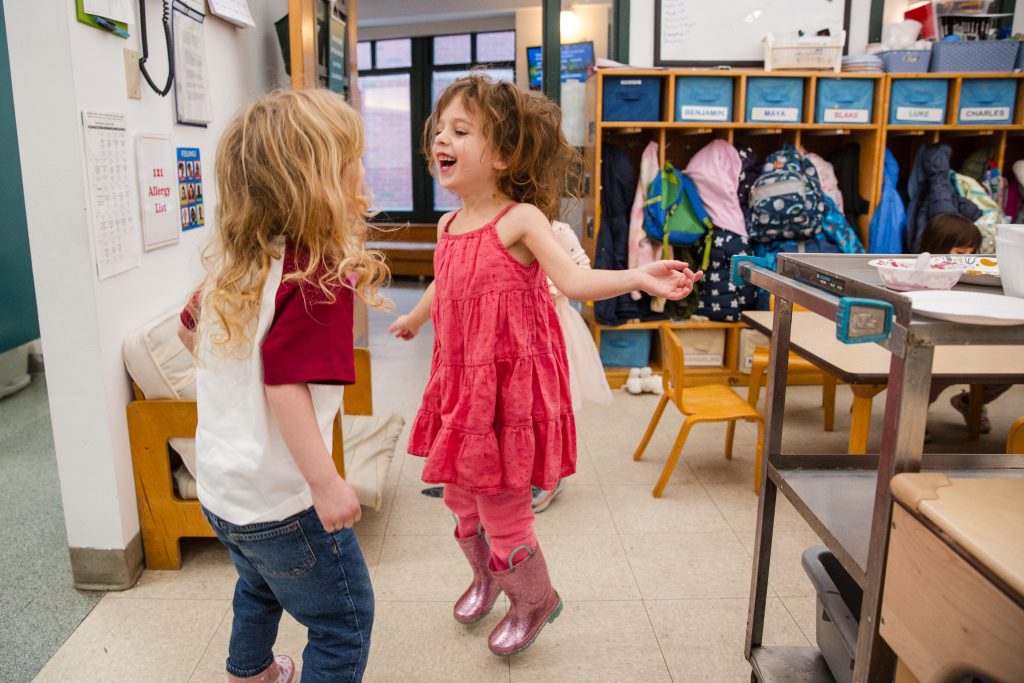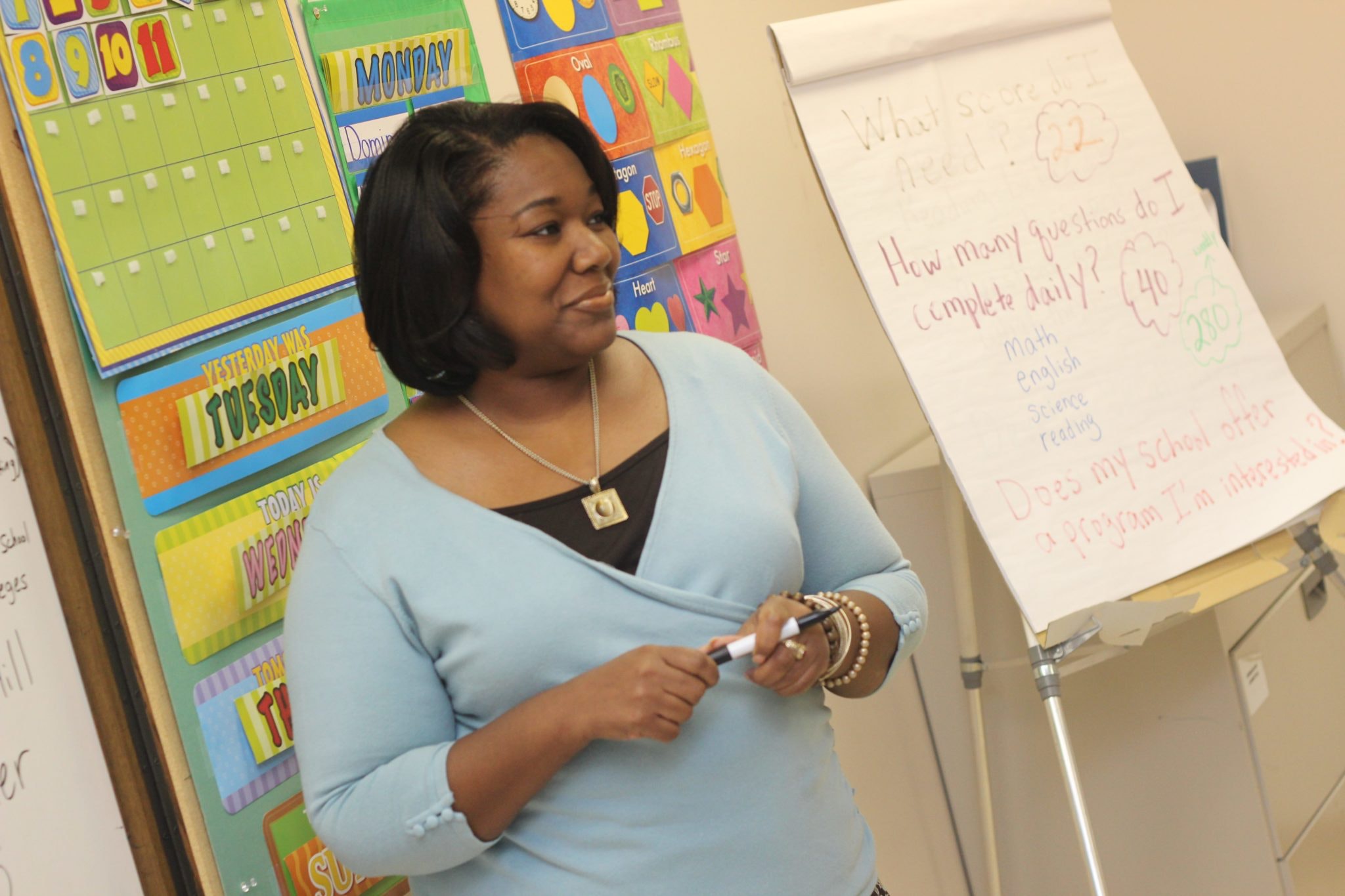by Karina Malik
As a special education teacher in a dual language program at a public school in Washington Heights, I’ve had the opportunity to work with a variety of students on different grade levels, each with a unique set of challenges. Although I learned a lot of strategies through professional development sessions and working with model teachers, there was always one area that, year after year, I continued to feel underprepared to take on as a special education teacher: the classification of “emotional disability,” which was rarely spoken about in my teacher preparation program and throughout my teaching career. In fact, when I did hear about students with emotional disabilities, it was usually because other teachers were also struggling to understand them.

Through many years of experience, I’ve learned valuable lessons and strategies for working with students that have been labeled with emotional disabilities. Here are the inclusion strategies that have proven most effective in my practice as a community school teacher:
Collaboration among co-teachers and related service providers.
Co-teaching relationships require both parties to invest in getting to know each other as humans. It’s just as important to collaborate with service providers like speech, physical and occupational therapists, because all students benefit from the strategies therapists use in the classroom. When I taught first grade, the speech therapist who joined our classroom was instrumental in introducing writing strategies like graphic organizers, sentence starters, descriptive words, etc. The occupational therapists helped us with different writing positions, pencil grip, sensory and movement breaks.
Establish positive relationships with students and their families in culturally relevant ways.
As many of us know, numerous studies highlight the positive impact of strong teacher and family relationships on students’ academic achievement, social development, and overall well-being. At my school, teachers and staff visited the home or community of every new student entering our school. These home visits were powerful because they created the opportunity for students to become teachers and for teachers to become learners about their students and families. Another way to build relationships with families is to invite them into your classroom for publishing parties, sharing food and cultures, celebrations, etc. Not only do families get the opportunity to see what children are working on in school, but it allows time and space for school staff to observe and gather information about students’ emotional needs.
Creating a safe, supportive, and equitable classroom environment.
In a successful inclusive classroom, teachers consistently ask themselves: What modifications or accommodations can be implemented to help prevent and manage disruptive behaviors? We should be thinking about preventative strategies instead of becoming trapped in a loop where we are constantly responding to behavior. Additionally, we should ask: how can we promote a positive and inclusive atmosphere where students feel comfortable and empathetic towards each other?
A few tools I have used in my classroom to address these questions include emotion check-ins, classroom jobs, a daily schedule, and equitable curricula and books. A safe and supportive environment is also non-stimulating and predictable. In other words, when you walk into your classroom, are you visually bombarded with stimuli, or do you feel a sense of ease and calm because you’re not crowded by materials and furniture? In a non-stimulating classroom, the only materials and resources that are within reach are the ones that we are currently using. This way, we are proactive in anticipating students’ needs and plan our activities accordingly.
Develop clear and consistent behavior management plans that involve everyone who works with the student.
How can we establish clear expectations and consequences while considering our students’ emotional well-being? My co-teachers and I used this question as an anchor when developing any behavior management plan for students. Behavior management plans should always be strengths-based, providing positive feedback and reinforcement for desired behaviors instead of punitive.
Implement proactive social-emotional and/or therapeutic learning programs.
One mistake I made often in my early years of teaching was waiting until a student was in crisis in order to address social, emotional or relationship strategies. When a student is going through a crisis, they are not usually in the mental space to assimilate new information. But once I began to teach self- and social awareness daily, I began to see students use strategies when they needed them most.
Promote self-care.
As a role model in your classroom, when you practice self-care, you demonstrate the importance of taking care of oneself and setting boundaries. Through modeling, you can positively influence students’ attitudes towards well-being and stress-management. Most importantly, when you promote your self-care, you reduce the risk of burnout and exhaustion. Teaching is an emotionally, physically and mentally draining, and demanding profession. When we as teachers take care of ourselves, we are better able to support our colleagues and students. Self-care contributes to the overall health and sustainability of the teaching profession.
Karina Malik is a doctoral candidate in the department of Curriculum and Teaching at Teachers College, Columbia University. Her dissertation focuses on the experiences of special education teachers who identify as Black, Indigenous and/or People of Color (BIPOC). Karina is also transitioning into her new role as an elementary inclusion coach for the Path program, which focuses on the inclusion of students who have been labeled with emotional disabilities in New York City public schools. Previously, she was an early childhood special education teacher in a dual-language integrated co-teaching classroom in Washington Heights for nine years.



